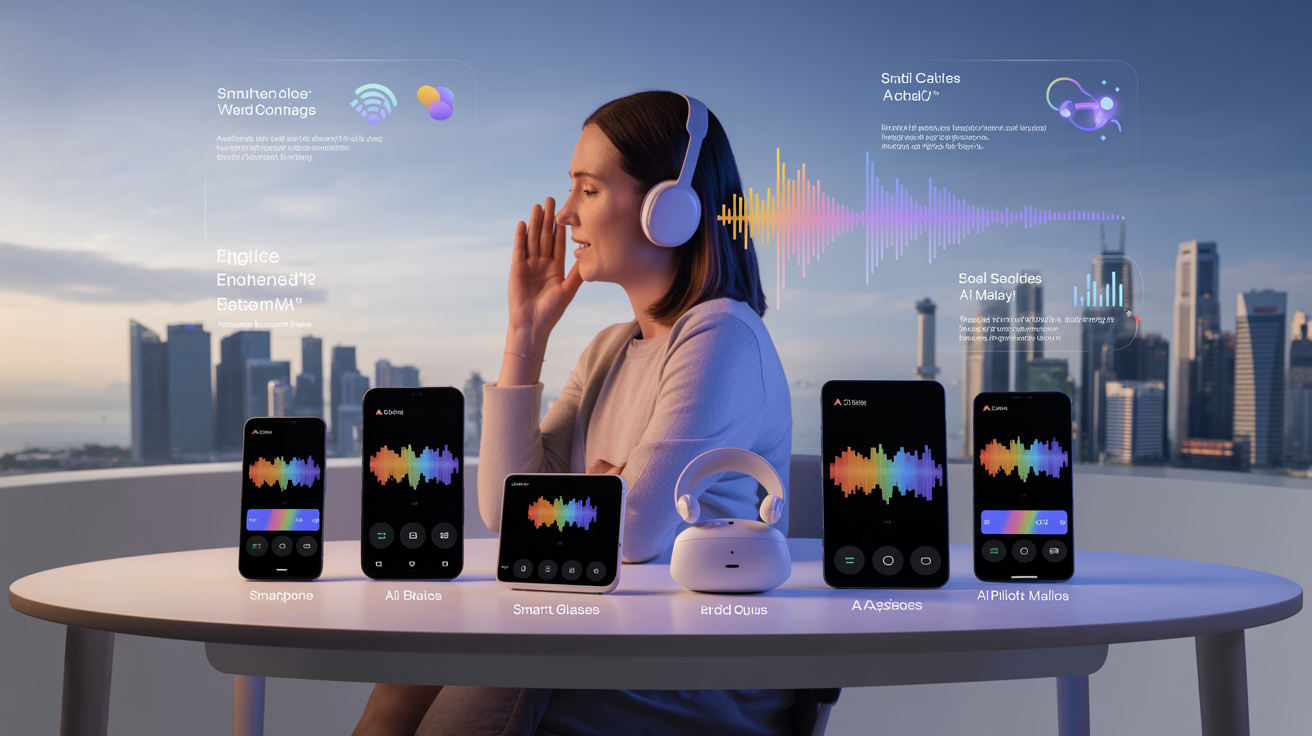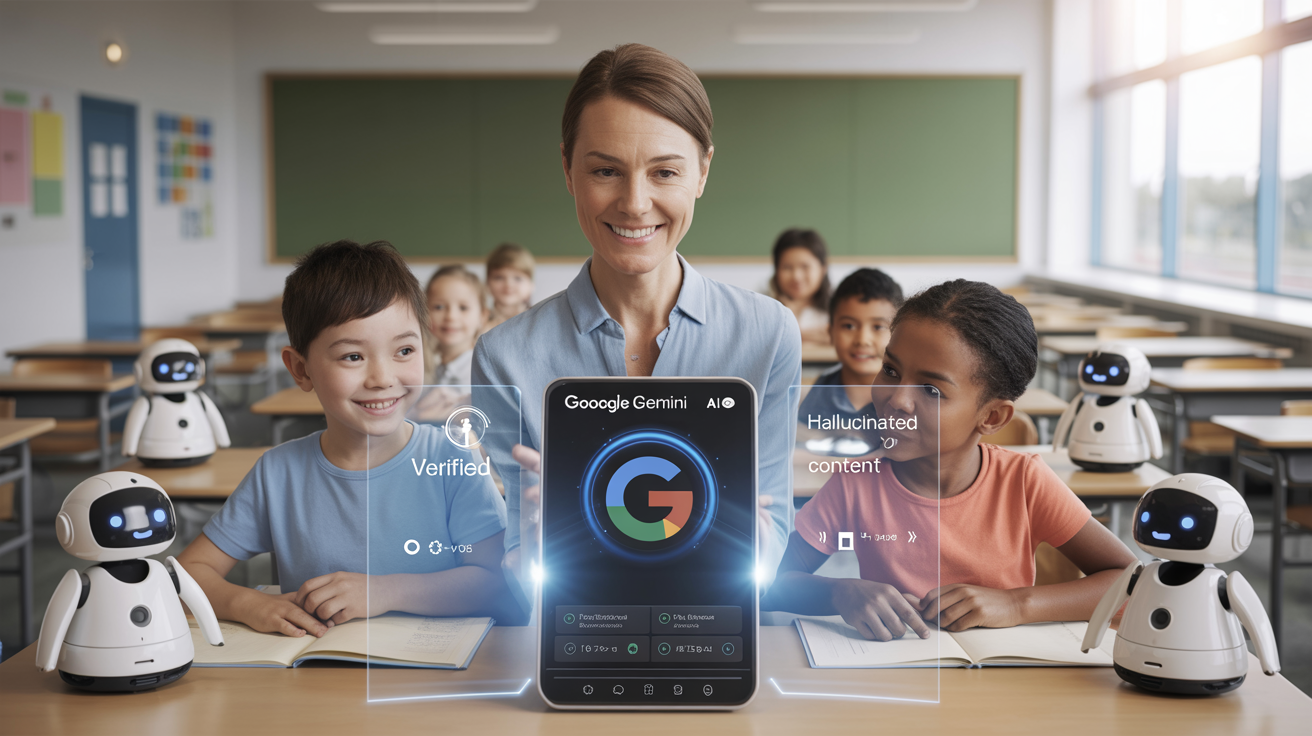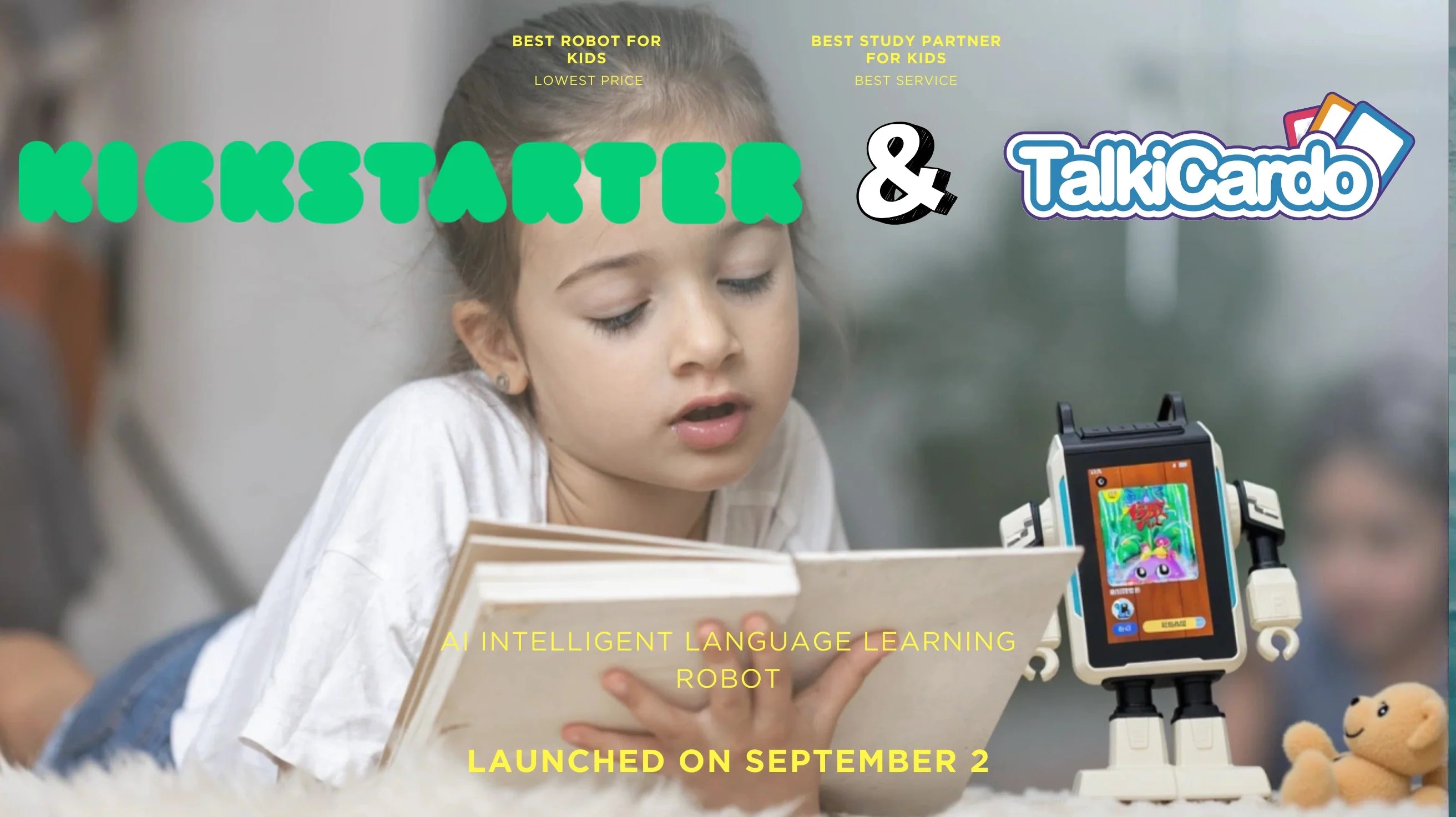
Deep Dive: Whisper v3 vs Google Joule for Speech Feedback - Which AI Model Excels?
Posted by Aipilot on
Table Of Contents
- Introduction
- Understanding Whisper v3
- Exploring Google Joule
- Head-to-Head Comparison
- Practical Applications for Speech Feedback
- Future Developments
- Conclusion
Deep Dive: Whisper v3 vs Google Joule for Speech Feedback - Which AI Model Excels?
In the rapidly evolving landscape of artificial intelligence, speech recognition models have emerged as transformative tools for language learning and communication skills development. Two heavyweight contenders currently dominate this space: OpenAI's Whisper v3 and Google's Joule. These sophisticated AI models are revolutionizing how we approach speech feedback, pronunciation assessment, and language acquisition.
Whether you're an educator looking to enhance your students' speaking abilities, a professional seeking to refine your presentation skills, or a language enthusiast trying to master new pronunciation patterns, understanding the capabilities and differences between these powerful models is crucial. In this comprehensive analysis, we'll explore how Whisper v3 and Google Joule stack up against each other in various dimensions—from technical architecture and accuracy to practical applications for real-world speech feedback scenarios.
By the end of this deep dive, you'll have a clear understanding of which AI speech model might better serve your specific needs, and how these technologies are reshaping the future of language learning and communication skills development. Let's embark on this exploration of cutting-edge AI speech recognition and feedback systems!
Whisper v3 vs Google Joule
Comparing Leading AI Speech Recognition Models for Language Learning
OpenAI's Whisper v3
- Strengths: Multilingual support (100+ languages), accurate with diverse accents, detailed phonetic analysis
- Best for: Structured pronunciation practice, teaching multiple languages, diverse student populations
- Implementation: Open-source flexibility, customizable, offline capabilities
Google's Joule
- Strengths: Contextual understanding, prosody recognition, conversation analysis, multimodal potential
- Best for: Natural conversation practice, fluency development, interactive speaking scenarios
- Implementation: Cloud-based efficiency, scalable, seamless API integration
Key Applications for Speech Feedback
Language Learning
Pronunciation practice, conversational fluency, accent reduction
Public Speaking
Presentation coaching, clarity assessment, pacing feedback
Professional Development
Interview preparation, client communication, international business interactions
Which Model Is Right For Your Needs?
Key Takeaways
- Both models offer valuable speech feedback capabilities with distinct strengths for different learning contexts
- Whisper v3 excels at phonetic analysis and multilingual support, ideal for structured learning environments
- Google Joule provides superior contextual understanding and conversation analysis for natural speech development
- The ideal approach may involve using both technologies for comprehensive speech feedback across different learning objectives
Understanding Whisper v3
OpenAI's Whisper has evolved significantly since its initial release, with version 3 representing the latest advancement in this powerful speech recognition system. Before comparing it with Google Joule, let's examine what makes Whisper v3 distinctive and how it builds upon its predecessors.
Key Features and Capabilities
Whisper v3 represents a significant leap forward in automatic speech recognition (ASR) technology. Building on the foundation of previous versions, it demonstrates enhanced capabilities in several key areas:
First, Whisper v3 offers remarkable multilingual proficiency, supporting over 100 languages with improved accuracy across diverse accents and dialects. This makes it particularly valuable for language learning applications where pronunciation assessment across different linguistic backgrounds is essential.
Second, the model excels at handling challenging audio environments, including background noise, overlapping speech, and varying audio quality. For educational settings where recording conditions may not be ideal, this resilience proves particularly valuable.
Third, Whisper v3 demonstrates enhanced contextual understanding, allowing it to better interpret natural speech patterns, colloquialisms, and domain-specific terminology. This makes the model more effective for providing nuanced feedback on conversational speech rather than just isolated pronunciation.
Technical Architecture
At its core, Whisper v3 maintains the encoder-decoder Transformer architecture that defined earlier versions, but with significant refinements. The system processes audio by first converting it into log-Mel spectrograms, essentially creating visual representations of the sound waves.
The encoder component analyzes these spectrograms to extract meaningful features, while the decoder generates the corresponding text transcription. What sets Whisper v3 apart is its expanded training dataset and optimized attention mechanisms that improve its ability to maintain context over longer audio segments.
For speech feedback applications, this architecture enables the model to not only transcribe speech with high accuracy but also to identify subtle patterns in pronunciation, rhythm, and intonation that might indicate areas for improvement in a language learner's speech.
Performance Metrics
Whisper v3 demonstrates impressive performance across several key metrics relevant to speech feedback applications:
In terms of Word Error Rate (WER), Whisper v3 achieves significantly lower error rates compared to its predecessors, particularly for non-English languages and accented speech. This translates to more accurate transcription and feedback for language learners from diverse linguistic backgrounds.
For latency and processing speed, while Whisper v3 requires substantial computational resources for optimal performance, it offers more efficient processing than previous versions, making it more viable for near-real-time feedback in educational settings.
Perhaps most importantly for speech feedback applications, Whisper v3 shows enhanced ability to detect and differentiate subtle phonetic variations, making it particularly useful for pinpointing specific pronunciation challenges faced by language learners.
Exploring Google Joule
Google's Joule represents the tech giant's latest achievement in speech AI technology, bringing novel approaches to speech recognition and understanding. Let's examine what makes Joule distinctive in the landscape of speech models.
Joule Innovations
Google Joule introduces several innovative features that position it as a formidable competitor in the speech AI arena. First among these is its multimodal approach, which allows Joule to process not just audio but also incorporate visual cues when available, creating a more holistic understanding of communication contexts.
Another standout feature is Joule's advanced prosody modeling, which enables it to better recognize and analyze the rhythm, stress, and intonation patterns in speech. For language learners, this means more nuanced feedback on aspects of speech that extend beyond mere pronunciation of individual sounds.
Joule also boasts enhanced speaker diarization capabilities, allowing it to distinguish between different speakers in a conversation with greater accuracy. This makes it particularly valuable for analyzing interactive speaking exercises or group discussions in language learning contexts.
Underlying Technology
At its foundation, Google Joule leverages a sophisticated architecture that builds upon Google's extensive experience with language models. The system employs a novel approach that integrates aspects of both discriminative and generative modeling, allowing it to both recognize speech patterns and generate contextual understanding.
Joule benefits from Google's massive training datasets, which include diverse speech samples across languages, accents, and speaking contexts. This extensive training enables the model to better handle the variability inherent in human speech, particularly important when providing feedback to language learners with different native language influences.
A key technological advancement in Joule is its self-supervised learning components, which allow the model to continue improving its understanding of speech patterns without requiring extensive manually labeled data. This approach contributes to Joule's ability to adapt to different speaking styles and contexts.
Benchmark Results
In benchmark evaluations, Google Joule demonstrates several strengths relevant to speech feedback applications. Its Word Error Rate (WER) is particularly impressive for conversational speech and non-standard speaking patterns, often outperforming competitors in these challenging scenarios.
For prosodic feature recognition—detecting patterns of stress, rhythm, and intonation—Joule consistently ranks among the top performers, making it especially valuable for providing feedback on the suprasegmental aspects of language that often present challenges for learners.
In terms of processing efficiency, Joule shows strong performance, particularly when deployed through Google's cloud infrastructure, enabling responsive feedback even for longer speech samples. This efficiency makes it well-suited for integration into interactive learning environments.
Head-to-Head Comparison
Now that we've explored both Whisper v3 and Google Joule individually, let's directly compare their performance across key dimensions that matter most for speech feedback applications.
Accuracy and Precision
When it comes to pure transcription accuracy, both models demonstrate impressive capabilities, but with notable differences. Whisper v3 typically excels with diverse accents and dialects, showing more consistent performance across speakers from varied linguistic backgrounds. This makes it particularly valuable for global language learning platforms serving diverse student populations.
Google Joule, meanwhile, demonstrates marginally better accuracy for native speakers and in handling conversational nuances. Its ability to maintain context over extended dialogue makes it slightly more effective for analyzing longer speaking exercises or presentations.
For pronunciation assessment specifically, Whisper v3 offers more detailed phoneme-level analysis, while Joule provides stronger feedback on natural speech flow and conversational elements. The choice between them might depend on whether your priority is granular pronunciation correction or more holistic speaking assessment.
Language Support
Both models offer extensive language support, but with different strengths. Whisper v3 currently supports over 100 languages with relatively consistent performance across them, making it the more versatile option for multilingual educational environments or institutions teaching multiple languages.
Google Joule supports fewer languages overall but demonstrates deeper linguistic understanding within its supported languages. This includes better recognition of dialectal variations and regional expressions, which can be valuable for advanced language learners focusing on specific language variants.
For less commonly taught languages, Whisper v3 often provides better coverage, while Joule typically offers more refined performance for major world languages. Your choice might depend on the specific language learning programs you support.
Contextual Understanding
Google Joule demonstrates a slight edge in contextual understanding, particularly in conversational settings. It more effectively interprets speech within broader contexts, recognizing when the same phrase might have different meanings or require different pronunciations based on the conversation flow.
Whisper v3, while still impressive in this regard, focuses more on consistent transcription accuracy across contexts. This makes it particularly reliable for structured speaking exercises or standardized assessments where consistent evaluation criteria are prioritized.
For providing feedback on pragmatic aspects of language use—such as appropriate expression of politeness or formality—Joule's contextual awareness gives it an advantage. For focused pronunciation drilling and assessment, Whisper v3's consistency may be preferable.
Processing Speed
When considering implementation in educational technology, processing speed becomes an important factor. Google Joule typically demonstrates faster processing for shorter audio segments, making it ideal for interactive exercises requiring immediate feedback.
Whisper v3, while requiring more computational resources for optimal performance, handles longer audio segments more efficiently. This makes it well-suited for analyzing extended speaking exercises, presentations, or conversation practice sessions.
The deployment context also affects performance: Joule performs optimally within Google's ecosystem, while Whisper v3 offers more consistent performance across different deployment environments. This consideration is particularly relevant for educational institutions with existing technology infrastructure preferences.
Accessibility and Implementation
For educational technology developers and institutions, implementation considerations extend beyond pure performance metrics. Whisper v3's open-source nature provides greater flexibility for customization and integration into existing educational platforms, allowing for tailored speech feedback solutions.
Google Joule, available primarily through Google's API services, offers more streamlined implementation with less development overhead. This makes it an attractive option for educational institutions seeking to quickly deploy speech feedback capabilities without extensive technical resources.
Cost structures also differ significantly: Whisper v3 may require greater upfront investment in computational infrastructure but avoids ongoing API costs, while Joule's subscription model provides predictable ongoing costs but potentially higher long-term expenses for high-volume usage.
Practical Applications for Speech Feedback
Understanding how these models perform in real-world educational and professional development contexts provides valuable insights for choosing the right technology for specific speech feedback needs.
Language Learning Scenarios
In language learning contexts, both models offer compelling advantages for different learning scenarios. For pronunciation practice focusing on specific sounds and phonemes, Whisper v3's detailed phonetic analysis provides precise feedback on articulation errors, helping learners master challenging sounds in their target language.
For conversational practice and fluency development, Google Joule's strength in contextual understanding and prosody analysis makes it particularly effective. It can provide more nuanced feedback on natural speech patterns, helping learners sound more authentic rather than just phonetically correct.
For young language learners, such as those using tools like TalkiCardo Smart AI Chat Cards, Whisper v3's resilience to varied speech patterns makes it well-suited for children's language acquisition, where pronunciation may be inconsistent and developing. The model's patience with non-standard speech makes it a supportive tool for building confidence in young learners.
Professional Development Use Cases
Beyond language learning, these speech models offer valuable applications for professional communication skills development. For presentation skills training, Whisper v3's ability to analyze extended monologues with consistent accuracy helps professionals refine their public speaking, identifying areas where clarity might be improved.
For interview preparation and communication skills coaching, Google Joule's strength in conversational contexts provides more effective feedback on interactive speaking scenarios. It can better assess aspects like appropriate turn-taking, response relevance, and conversational fluidity.
For professionals preparing for international communication, the choice depends on specific needs: Whisper v3 may better identify accent-related comprehension challenges, while Joule might provide stronger guidance on culturally appropriate expression and pragmatic language use.
Educational Integration
When considering integration into educational ecosystems, several practical factors influence the choice between these technologies. For classroom-based language learning, Whisper v3's offline capabilities (in its smaller variants) allow for more reliable deployment in settings with limited internet connectivity, ensuring consistent access to speech feedback tools.
For remote or online learning platforms, Google Joule's cloud-based efficiency may provide advantages, particularly for scaling to large numbers of simultaneous users without significant infrastructure investments. This makes it well-suited for massive open online courses (MOOCs) or large language learning platforms.
For personalized learning experiences, both models offer different strengths: Whisper v3's open-source nature allows for more customized assessment criteria tailored to specific curriculum goals, while Joule's advanced contextual understanding may provide more adaptive feedback based on individual learner progress and patterns.
Future Developments
The landscape of AI speech models continues to evolve rapidly, with both OpenAI and Google actively enhancing their technologies. For educational institutions and language learning platforms, staying informed about upcoming developments helps in making forward-looking technology decisions.
OpenAI has indicated plans to further improve Whisper's multilingual capabilities and reduce computational requirements, which could make high-quality speech feedback more accessible across diverse educational contexts. Potential integration with other OpenAI technologies like GPT models may also enhance the contextual understanding of speech feedback.
Google's development roadmap suggests continued enhancement of Joule's multimodal capabilities, potentially incorporating visual speech recognition to provide more comprehensive feedback that includes facial expressions and non-verbal communication elements. This could be particularly valuable for holistic communication skills development.
Both companies are working toward more fine-grained emotional and intentional analysis in speech, which could transform feedback from purely phonetic and grammatical assessment to include guidance on expression, persuasiveness, and emotional resonance—skills increasingly valued in both educational and professional contexts.
As these technologies evolve, the gap between transcription and true comprehension continues to narrow, promising even more effective tools for language acquisition and communication skills development. Educational institutions that establish flexible infrastructure capable of incorporating these advances will be best positioned to leverage future innovations in speech AI.
Conclusion
Our deep dive into OpenAI's Whisper v3 and Google's Joule reveals two powerful speech recognition models with distinct strengths for speech feedback applications. Rather than declaring a definitive winner, the most appropriate choice depends on your specific educational or professional development needs.
Whisper v3 stands out for its extensive language support, exceptional handling of diverse accents, and detailed phonetic analysis. Its open-source nature provides flexibility for customization, making it particularly valuable for educational institutions with specific curriculum requirements or those serving diverse multilingual populations. For structured language learning programs focusing on pronunciation accuracy across multiple languages, Whisper v3 offers compelling advantages.
Google Joule excels in contextual understanding, conversational analysis, and prosodic feature recognition. Its cloud-based deployment offers scalability advantages, while its multimodal potential promises exciting future capabilities. For programs emphasizing natural communication, fluency development, and pragmatic language use, Joule may prove the more effective option.
As these technologies continue to evolve, we can anticipate even more sophisticated speech feedback capabilities, transforming how language learning and communication skills development are approached. The ideal strategy for many educational institutions may involve strategically leveraging both technologies for different aspects of their language learning programs, creating comprehensive speech feedback systems that address the full spectrum of learners' needs.
By understanding the distinctive strengths of these powerful AI models, educators and learning technology developers can make informed decisions that enhance the effectiveness of speech feedback, ultimately helping learners achieve greater confidence and proficiency in their communication skills.
Ready to explore cutting-edge AI-powered language learning solutions? Visit AIPILOT to discover how our innovative AI technologies can transform your language learning experience through personalized feedback, immersive practice, and intelligent assessment.
















































